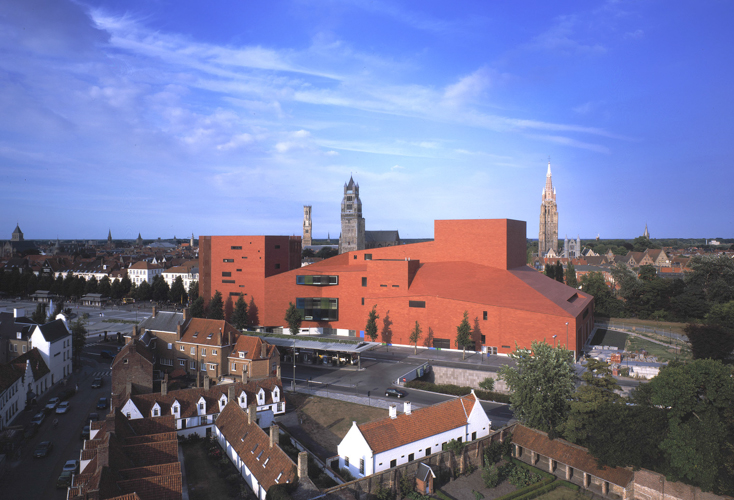
INTRODUCTION
It is difficult to imagine a Flemish Art City as seductive as Bruges. Travellers from around the world are drawn here by its irresistible combination of scenic canals crisscrossed by ancient stone bridges, wonderfully preserved medieval houses and mansions linked by cobbled lanes that at times resemble a romantic maze of dolls houses, alongside spectacular public buildings, monuments, belfry and churches that have long been recognised as UNESCO World Heritage.
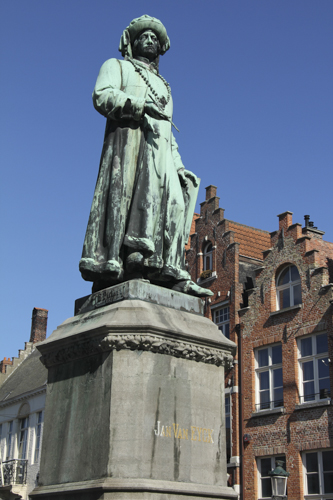
The city’s rich artistic heritage dates back to its golden era as one of Europe’s richest towns beginning in the Middle Ages, where promoting art and culture went hand in hand with amassing fortunes through trade. But this is also just one face of the city compared to what can be discovered if the visitor takes the time to look behind the picturesque facade and spend a couple of days in the city. Modern architecture is symbolised by the stunning red Concert Hall, but this is just the tip of the iceberg of the eye-catching urban renewal going on throughout the city. To discover these contemporary hotspots around the city, just download and follow the tourist office’s innovative new Route App, Oooh! Bruges. For eating out, beyond the popular cuisine of mussels and frites, Bruges boasts one of the most vibrant gastronomic scenes in Flanders, from Michelin-starred fine dining to funky diners creating contemporary takes on traditional dishes.
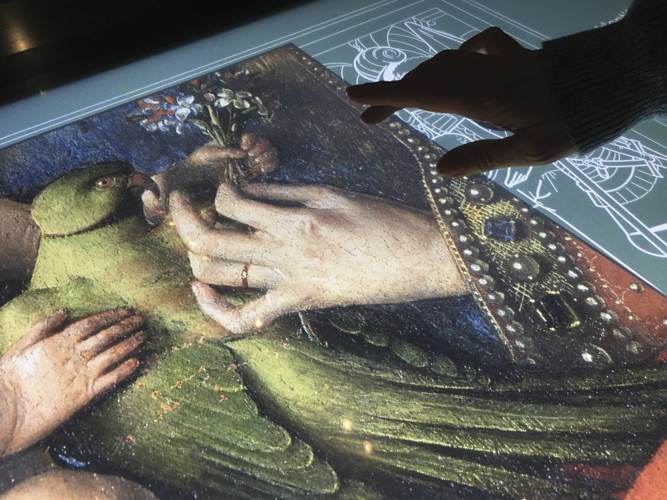
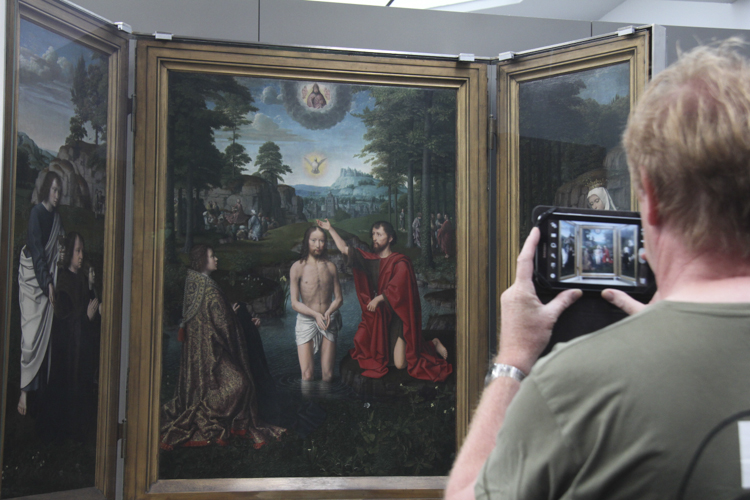
While the early rooms take the breath away with masterpieces by Jan van Eyck, Memling and Bosch, there is a genuine momentum to the tour as visitors pass from the unforgettable scenes painted by Pieter Breughel the Younger through the Renaissance and Baroque eras, upto modern 20th century gems by Magritte, Delvaux, Ensor and Rik Wouters, as well as a unique collection of the surreal printed works of Marcel Broodthaers.
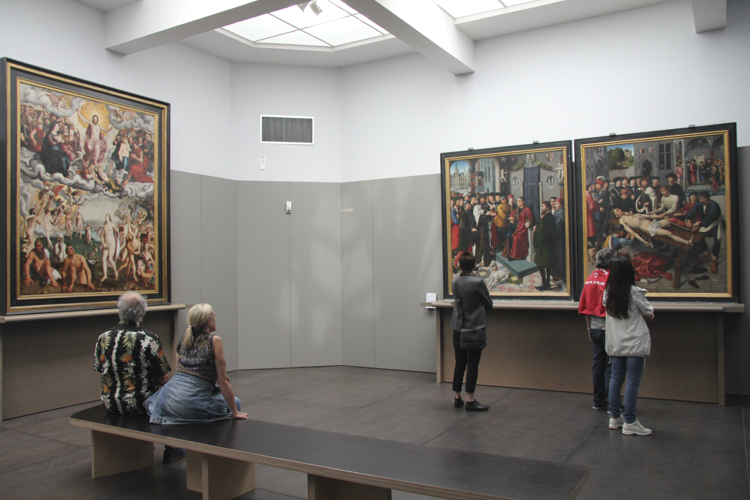
Apart from regular temporary exhibitions there are ambitious long-term plans for the year 2025 with the city planning to open BRUSK, an artistic hotspot for young artists, a new innovative exhibition hall, while at the same time making the museum site ecologically sustainable.
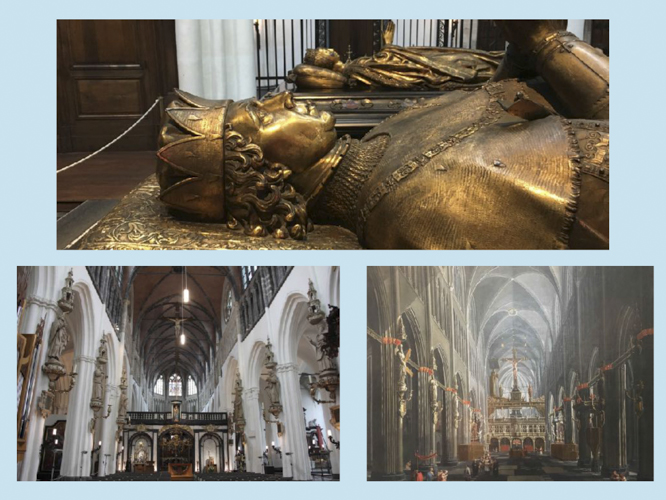
As you enter the majestic Church of Our Lady it initially resembles a rather austere, bare Gothic church. An ancient painting depicting the interior hangs at the entrance of the nave and nothing seems to have changed over the centuries. But the tension builds as first you pass early examples of Flemish primitive paintings, then the impressive medieval tombs of Mary of Burgundy and her father, Charles the Bold, before you approach the subdued corner holding the precious white marble statue of the Madonna and Child created by Michelangelo in 1504.
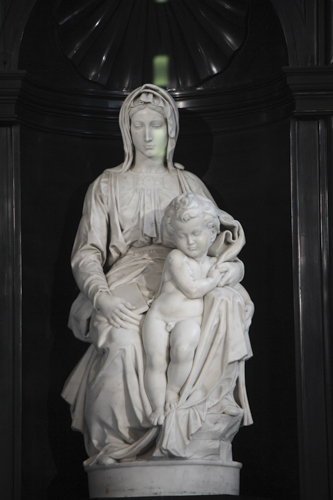
It was the only work of the master that left Italy during his lifetime, bought by a wealthy Bruges merchant. Twice the priceless sculpture has disappeared, taken by Napoleon and installed in Paris, then stolen for Hitler’s personal collection, heading for Nazi Germany before the intervention of the Allied Army’s Monument Men team. So once you come face to face with this Renaissance masterpiece it is quite an emotional experience, and although there are always people who go as close as they can to snap photos on their mobile phones, many prefer to sit a discrete distance away, to take their time to better appreciate the intensity and power of this immaculate creation.
Hidden Gems
Concertgebouw Brugge
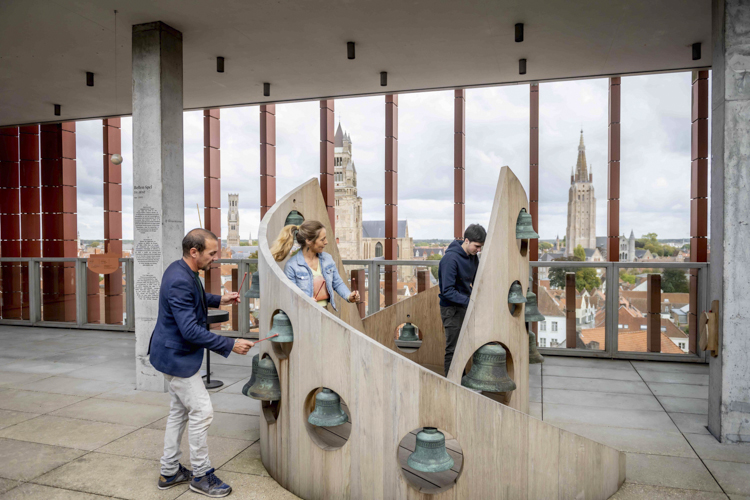
Built to commemorate the coronation of Bruges as European Capital of Culture back in 2002, this stunning concert hall remains the landmark symbol of modern, contemporary Bruges contrasting with the medieval heritage of the city. While the ultimate way to appreciate this unique concert hall is to attend one of its almost nightly performances, there is also a brilliant backstage tour, the Concertgebouw Circuit that operates most days. Going up and down narrow stairs normally reserved for the staff, you pass what look like carillon bells but are actually avant-garde loudspeakers. There are permanent and temporary exhibitions hanging on the wall, you can sit down and enjoy videos of concert performances, watch a conceptual film on sound, climb high into the roof to peek in on the main hall with a birds-eye view even if a concert or rehearsal is going on.

Then you arrive at the area known as the Sound Factory, where children are enchanted as they touch metal tubes to make musical sounds, or enter the psychedelic Omni room and punch a mushroom-like device to compose a tune using your own choice of instrument. Music is everywhere, even when you reach the open rooftop with a set of carillon bells that you can chime yourself.
The Adornes Estate
Walking along the narrow cobbled lanes running out of the centre of Bruges, you pass the whitewashed walls that hide the idyllic gardens and cottages of the 17th century Elisabeth Zorghe Almshouse – a Godshuis. Then a strange redbrick medieval church tower with a wooden cupola catches your eye that is clearly older than many of the city’s buildings.
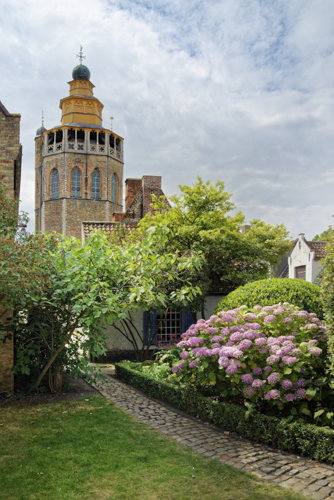
Dating back to 1429 this the Jerusalem Chapel, built by the wealthy Adornes family, imitating the Holy Land’s Church of the Holy Sepulchre. 17 generations later, the same family still own the whole domaine which includes a museum, almshouses, gardens and even a welcoming lounge where visitors can serve themselves a cup of tea or coffee.
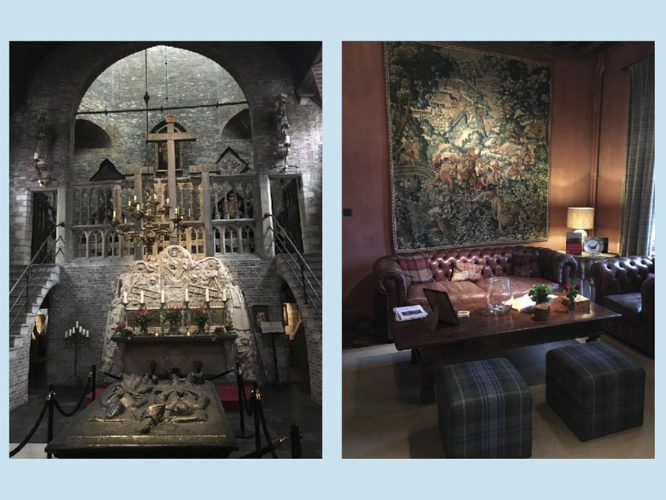
Wandering through this peaceful private domaine conjures up images of Crusader Knights in the Holy Land and medieval tournaments the Adornes family used to organise, a tradition that continues today with ancient archery guilds based along the street. And if the guest salon with its tartan sofas seem more Scottish than Flemish that is explained in the museum, detailing how the 15th century Anselm Adornes became as powerful a landowner in Scotland as in Bruges.
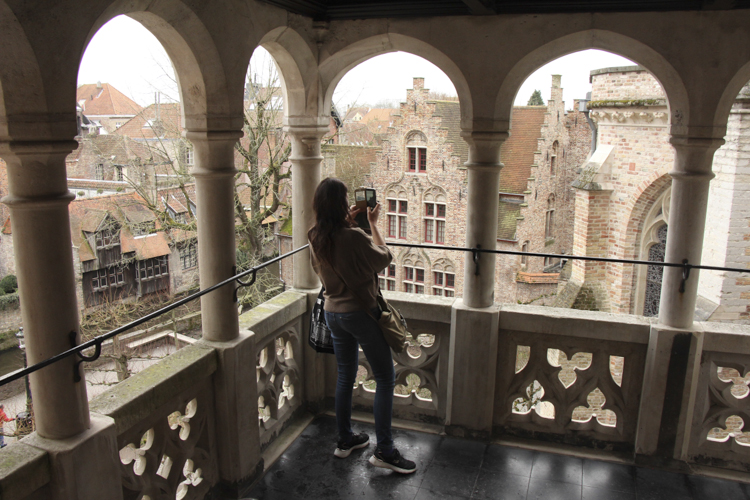
Entering the noble archway that stands on the bank of the Dijver and coming face to face with the opulent palace created in the 15th century by Louis of Gruuthuse it is difficult to imagine that all this wealth and splendour was financed by the family monopoly of the trade of ‘gruut’ a magic recipe of herbs to flavour beer before brewers discovered how to use hops. The ‘gruut’ was stored here in a warehouse, leading them to change their name to ‘gruuthouse’. Today, walking through the maze of rooms that spread over the palace’s three floors gives the feeling of a privileged snapshot of the sumptuous lives of the nobility in Bruges. Like the great merchants of Venice with their opulent palazzi, the Gruuthuse family used their wealth to promote culture and art in Bruges, and a tour of the house stretches from the 15th to 19th centuries, past lavish Flemish tapestries and delicate lace, Gothic stained glass, porcelain and ceramics, musical instruments and period furniture.
Markets
Wednesday Market
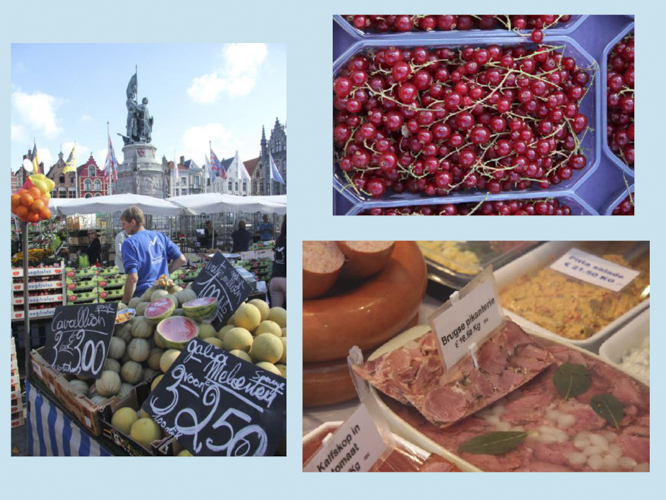
Bruges boasts one of the grandest town squares in Flanders, marked by a flamboyant Neo-Gothic government building and the iconic 13th century Belfry that rises almost 100 metres above the city skyline. The square is always vibrant, lined by bustling bars and cafes, but the Grote Markt really comes alive every Wednesday morning when all of Bruges seems to converge here for the weekly market.
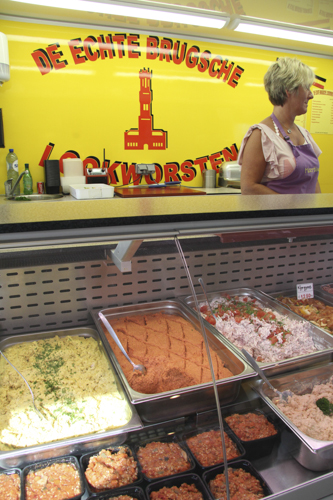
Stalls are piled high with a cornucopia of local seasonal produce; fruit and vegetables direct from nearby farms, cheeses, aged ham and smoky sausages, noisy North Sea fishmongers, flowers bursting with colour.
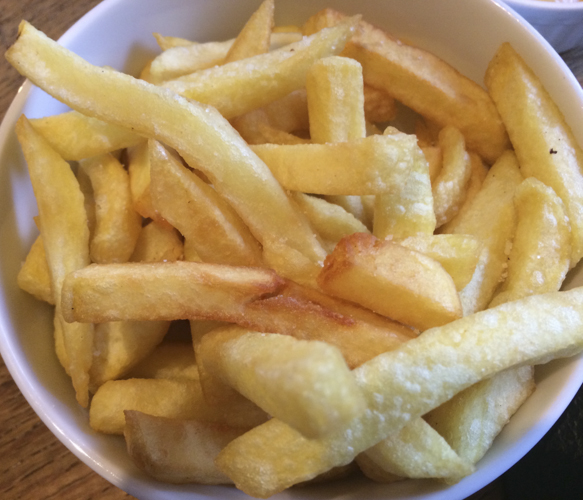
And it is difficult to avoid the temptation to join the line outside the ‘frituur’ – chip stand – for a portion of piping hot frites topped with a dollop of mayonnaise.
Local Foodies
Bourgogne des Flandres
Right in the heart of historic Bruges, with a waterside terrace opposite the Groeninge museum, this venerable brewery was founded back in 1765, named in honour of the era when the Dukes of Burgundy ruled over the city. Still brewed onsite, Bourgogne des Flandres is a unique beer that blends of two very different ales; a Lambic which adds sourness, and the sweeter Brown Ox.
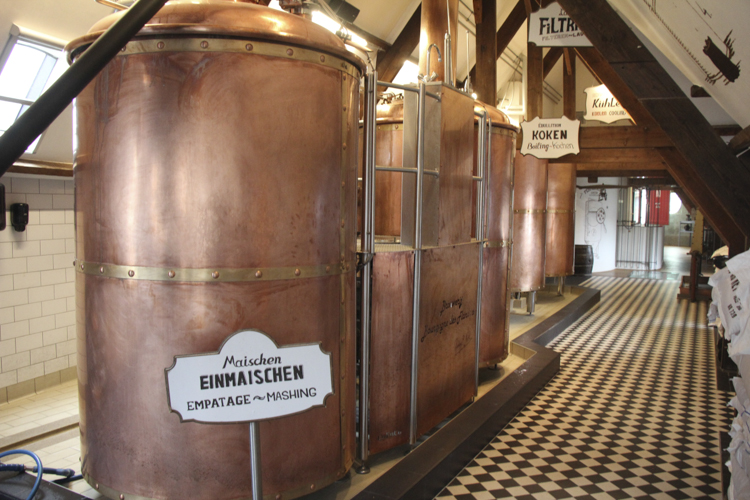
The informative brewery tour, unaccompanied but with an audio guide, includes the chance to chat and ask questions of the brewers themselves while they are working, and afterwards everyone heads for the bar with 7 beers on tap with a simple but tasty menu of Bruges cheeses and charcuterie.
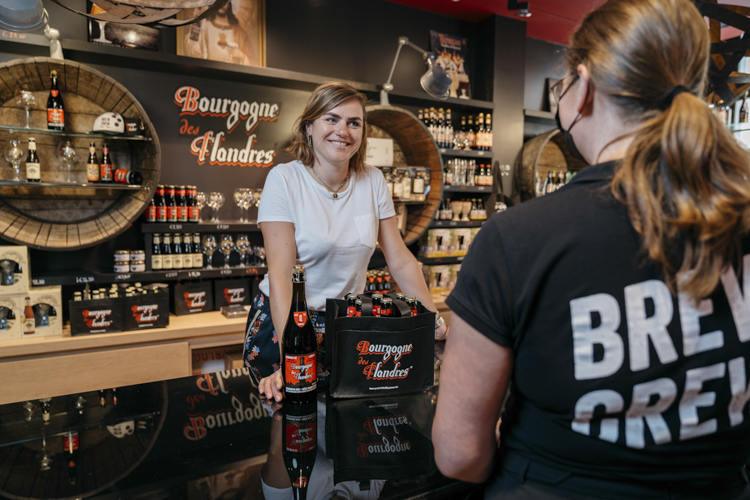
Brew Master, Thomas Vandelanotte, explains that “we are also an experimental brewhouse, always trying new recipes out and making small batches that we try out on the customers that come on the visit, and who knows, they may become one of our future signature ales.”
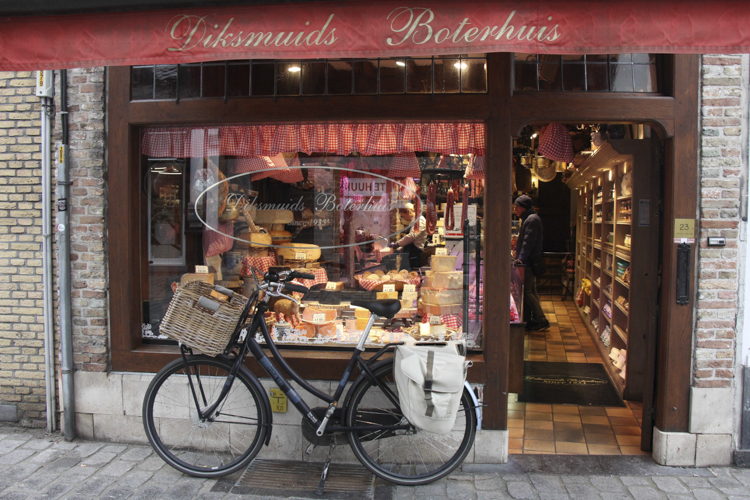
Open since 1933, the name of this inviting delicatessen actually refers to the butter made by the founders at their dairy in the nearby town of Diksmuide. The Butter House has changed over the last century, and is run today by the third generation Isabelle Verhelle, a Master Cheesemonger who gave up her high-powered job managing an hotel to run the family business. They no longer just sell butter, and Isabelle’s range of cheeses changes each week depending on the season, with roughly 300 different varieties, showcasing specialities made by local farmers, like Brugge Gold, a creamy cows cheese from nearby Damme, Oudlander, a goats cheese made by the coast at De Haan, aged Old Brugge and a tangy Belgian Blue from Ghent.
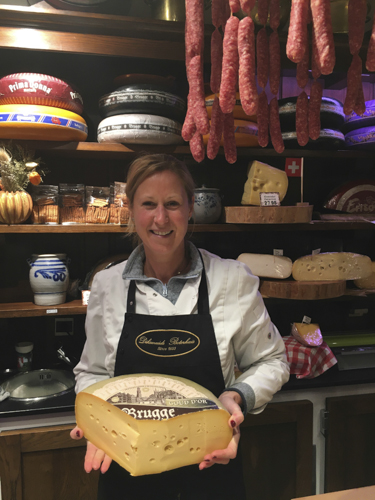
She also works with artisan butchers who produce her famous salami-style sausages. And be sure to ask if she has made her famous cod fish salad as loyal customers say it is better than anything you find at the fish shop.
Green Space
Beguinage and Minnewaterpark
Founded nearly 8 centuries ago, the ‘Princely Beguinage Ten Wijngaarde’ to give this Unesco World Heritage site its official name, is a bucolic green oasis in the historical heart of Bruges, perfect for a break from museum sightseeing.
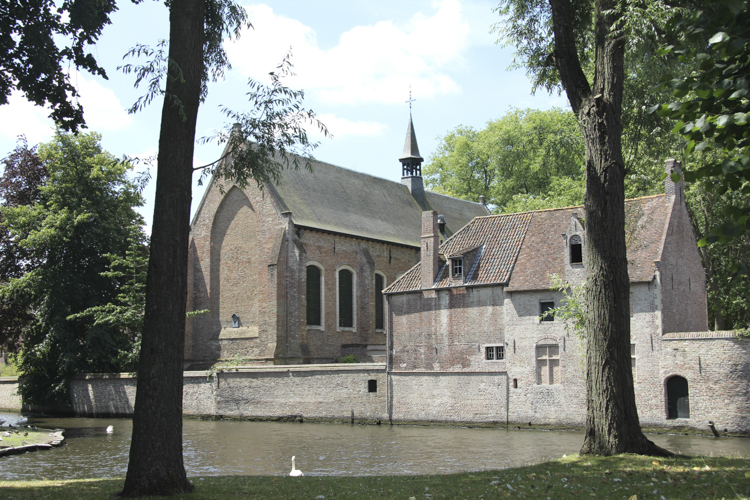
In spring, the simple cottages of the Benedictine nuns who still reside here look out over verdant lawns that are transformed into a giant flower bed of blooming daffodils. From the Beguinage cross the tiny canal bridge to immediately enter the Minnewaterpark, the perfect spot for a romantic stroll, lunch in a castle restaurant or casual waterside picnic by the Minnewater itself, the Lake of Love.
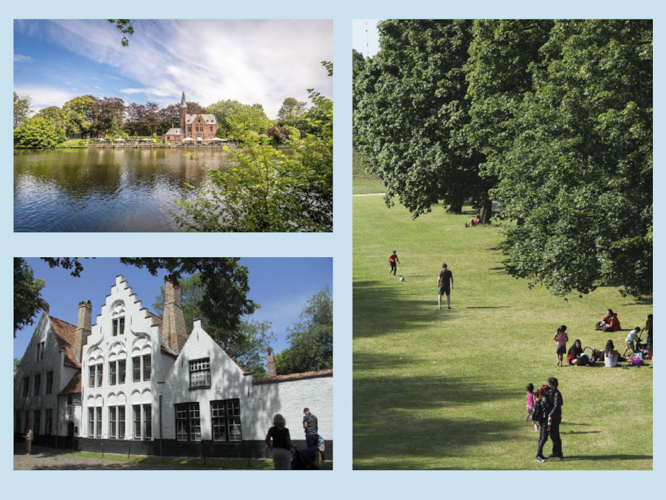
The park stretches all the way to the city ramparts and is especially popular in summer as a venue for outdoor concerts.
Out of Town
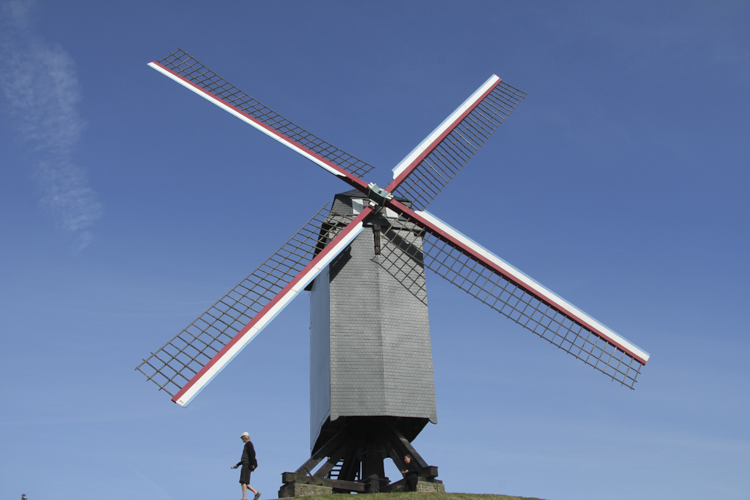
Damme
It is no exaggeration to say that the countryside begins right at the ancient ramparts that encircle the city of Bruges. Hire a bike and follow the cycle paths that begin at the Minnewaterpark and soon you are on your way past waterways, windmills and green meadows towards the ancient town of Damme, once the port of Bruges back in the 12th century.
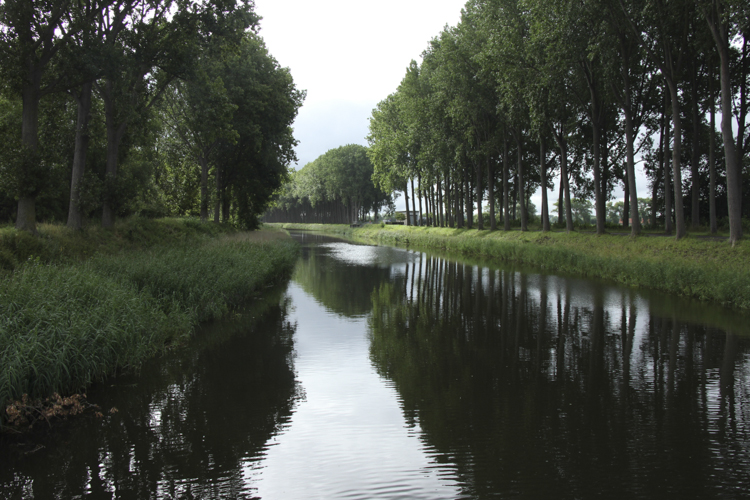
The 10 kilometre ride runs along the bank of the picturesque Damse Vaart canal that continues all the way to the Dutch border.
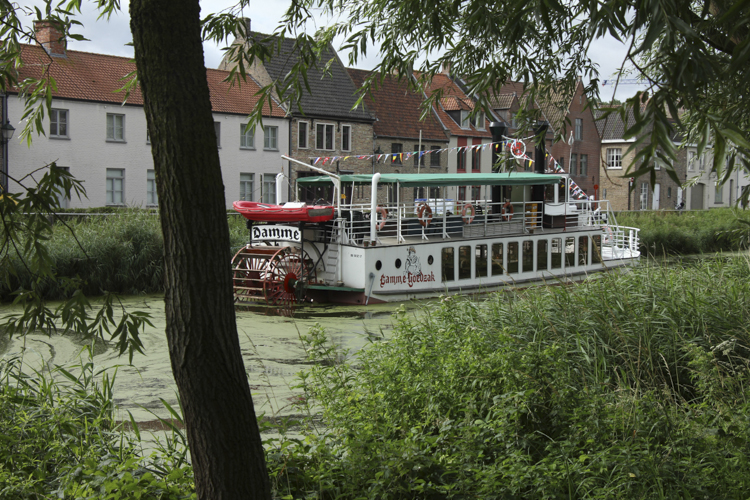
Damme is an idyllic village, famous for its bookshops, a giant paddle steamer moored on the quayside and above all its craft microbreweries and cosy gourmet restaurants like the Michelin-starred De Zuidkant, where foodies come from afar for the speciality local dish – ‘paling in’t groen’, succulent eels cooked in a rich parsley sauce.
FOOD&DRINK
L.E.S.S.
One of the Michelin-starred restaurants overseen by stellar Flemish chef Gert De Mangeleer, L.E.S.S. may have an odd name – Love, Eat, Share, Smile – but this funky diner succeeds brilliantly in its aim to present accessible gastronomy. The ambiance is cool and casual, with the hottest seats at the kitchen counter watching the brigade of chefs at work.
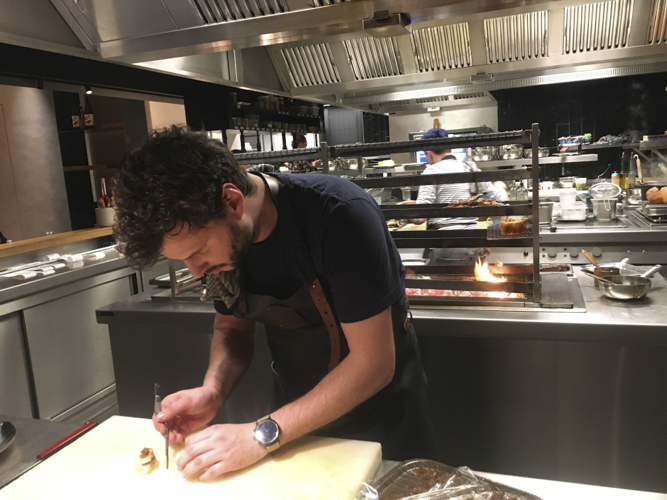
The menu is created with sharing dishes in mind, be it slices of a Holstein Tomahawk steak, glazed eel, Dan Dan noodles or a Peruvian-style device made with North Sea fish. While the products are essentially local, the influences in De Mangeleer’s cuisine is resolutely global, with influences from his travels to South America and Asia.
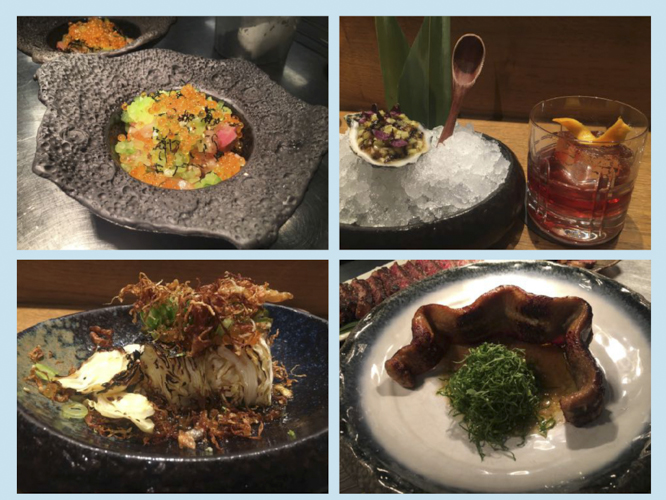
Goesepitte 43
Visitors rarely discover this discrete restaurant by chance, an insider address hidden down a narrow backstreet near the Saint Saviour cathedral. Chef Jan Supply creates an affordable gastronomy menu, strong on seasonal vegetables and North Sea seafood.
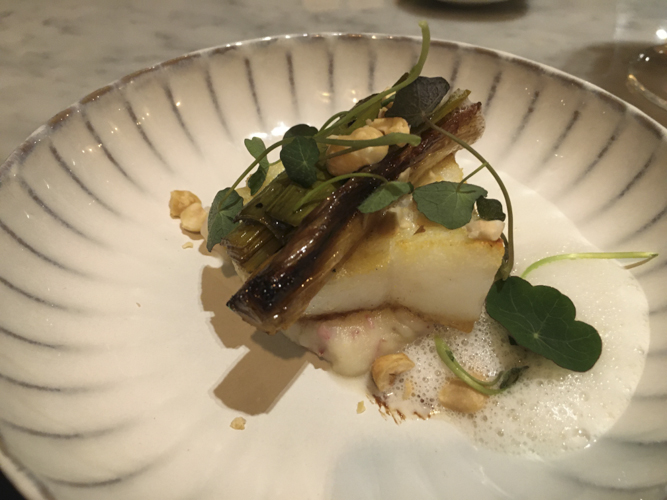
In the kitchen he often uses a Mibrasa charcoal oven which is especially effective grilling endives, cabbage and leeks as well as his signature dry aged steaks. Excellent wine list, including several Belgian vineyards, and as the minimalist contemporary dining room only seats 20, it is best to reserve in advance.
Books and Brunch
Tucked away in a quiet corner of town just opposite the 16th century St Trudo almshouse, this cosy bookshop cantina has been welcoming foodies and bibliophiles for the last ten years since friendly owners Jos and Tabitha Deroo first opened up. There are some 5,000 second hand books lining the walls, including an English corner and sections devoted to travel, cooking and kids books, but Jos admits that ,”while the books draw people in, it is the food that keeps everyone coming back.

We propose a menu that includes organic, vegetarian, vegan and gluten free dishes so everyone can feel welcome here ” They serve continuously from breakfast through till late afternoon, with a clientele that mixes local families and students with cosmopolitan tourists.
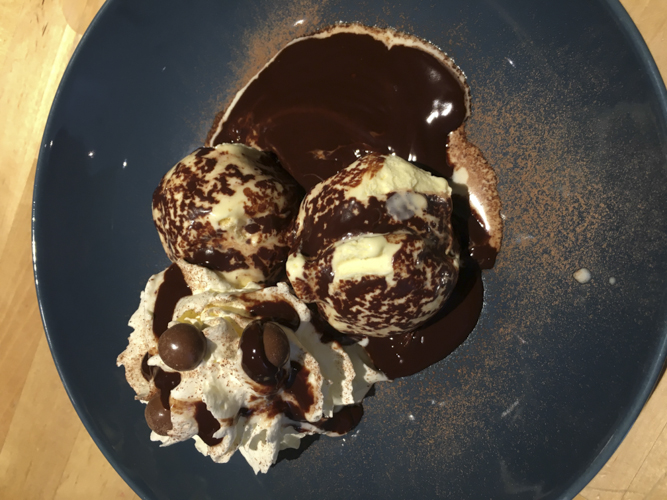
Difficult to resist the salmon bagel or Belgian waffles with maple syrup and bacon, while the Dame Blanche desert is to die for. In addition to barista coffee and herbal teas, they serve craft gin and tonic, Trappist ales and homemade lemonade.
ARTY STAY
Hotel Portinari
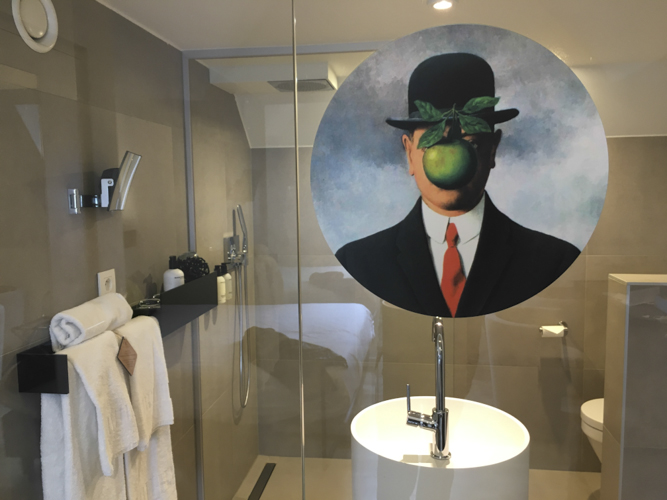
Perfectly located by the Concertgebouw, this friendly hotel is named after the renowned 15th century Bruges cultural patron, Tommaso Portinari, and all their decor follows an artistic theme. Each room features an iconic painting, such as Magritte’s bowler hat and apple portrait, with surrealist creations in the lobby, funky graffiti murals in the breakfast room, while in a nostalgic touch, the lift is plastered with old black and white postcards of the city.
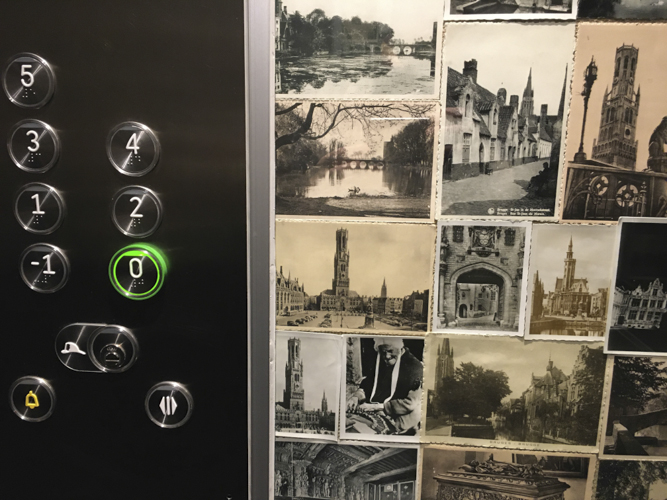
And just next door is the healthy diner, Nomad, which specialises in locavore dishes with kilometre zero carbon footprint.
